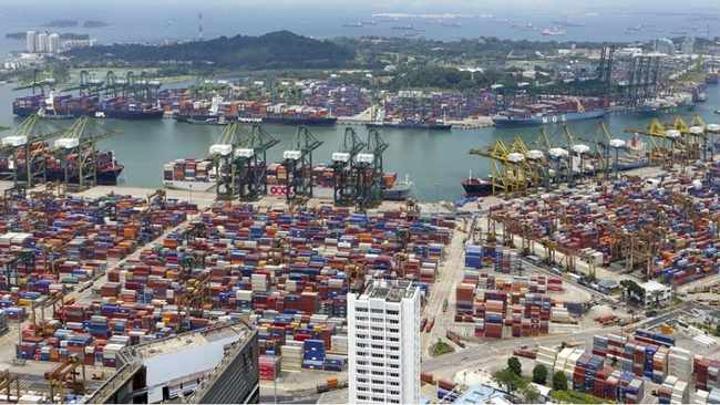Africa-Press – South-Africa. *This article first appeared in our Property360 digital magazine
Commercial property in South Africa’s coastal regions appears to be doing better than its inland counterparts – and this is the case for all the sectors: industrial, retail and even office property.
Semigration could be one of the the reasons for this. FNB’s property broker surveys show that Johannesburg is the weakest metro, says commercial property economist John Loos.
“It is still early days, so it is difficult to know exactly why this is the case but there is talk of notable semigration to the coast.” While such domestic relocation has not skyrocketed, he says the “Zoom boom” is keeping the trend going.
“I think that the Western Cape – not just Cape Town but the southern Cape and outlying towns in the province – has a lot to offer to affluent and highly skilled members of the workforce because they can increasingly work more remotely. They do not need to be in the Cape Town, Joburg or Sandton CBDs that often, so those outlying towns can do particularly well.”
Read the latest Property360 digital magazine below
Loos says this is driven by the residential purchasing power that boosts such economies, and can be seen in the likes of Somerset West, Hermanus and George, which have seen their economies doing better growth-wise than the big cities.
“And this could mean that, although these towns’ commercial property markets are small, they could be the outperformers. Even KwaZulu-Natal’s North Coast towns, like Umhlanga and Ballito, can benefit from the Zoom boom as it helps to sustain semigration.”
While the economy is still weak, he says the country’s manufacturing sector has seen a slight comeback.
“The inventory build-up has not been huge but there is quite a lot of optimism around logistics and e-commerce which, in a big way, seems to be driving demand for industrial space.”
This sector will therefore be the least oversupplied of all commercial property, although it will not go as far as to be undersupplied. Gary Vos, franchisee of Rawson Cape Metropole Blaauwberg Commercial, says industrial and warehousing vacancy levels in the area have increased by 30% compared to this time a year ago.
“We are finding that rentals have picked up and we have received a slight increase in enquiries for rentals,” he says. Properties between 200m² and 500m² are very popular, while bigger properties stand vacant for a lot longer.
“Usually, 1000m² to 2000m² properties would find a tenant in one or two months once they have been listed. But now we are seeing them stand vacant for six months and up to a year.”
Rental prices in the Blaauwberg industrial market have come down by 10% to 15%, says Vos, and this could be because tenants who have been renting industrial properties for many years have negotiated lower rents with their landlords.
“Tenants are very aware of the rent per square metre within industrial areas and they are not afraid to use it as a negotiating tool. Tenants may ask the landlord to bring the rent down to the current market rental value or they will find something else.”
Overall tenant payment performance in the commercial property market since the hard lockdown continues to improve monthly, says TPN chief executive Michelle Dickens.
Commercial tenants in good standing increased to 62.52% in the first quarter of this year. “Good standing refers to a tenant whose account with their landlord is fully up to date, including repayment of all arrears. Commercial landlords are accustomed to 80% of their portfolio in good standing.”
However, while prior to lockdown only 5% to 6% of commercial tenants did not pay their rent, the hard lockdown saw 20% of tenants skipping rental payments. During the past three quarters post-lockdown, the number of non-paying tenants has stabilised at 12%.
“The reality for commercial landlords is rent deferrals will continue to hamper the recovery of the number of tenant in good standing as tenants in the ‘partial paid’ category slowly pay off their arrears.
“From the lowest point of 30% of tenants only settling part payments to a current figure of 24% of tenants partially paid, landlords will want to see those halve to 12% as per their pre-lockdown experience.” Dickens says the retail sector was the hardest hit. In May last year, only 40% of tenants were in good standing but this rebounded to 61% in March. “Industrial tenants bottomed out to 54% in May 2020 and recovered to 66% in March 2021. But the office sector takes the sting out of delinquencies with 60% in good standing in May 2020 and improving to 69% by March 2021.”






